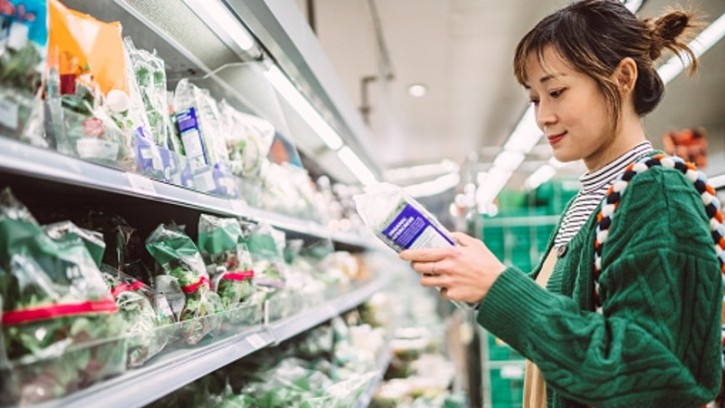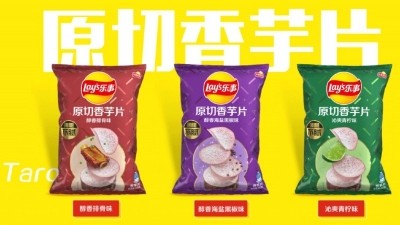Affordable - but not ‘cheap’: Thai consumers’ demand for value spells big opportunities for private label products

New data has found Thai consumers to be one of the least optimistic about finances amongst South East Asian markets, with many considering themselves ‘worse-off’ compared to a year before despite wage increases and declining inflation.
This concern, alongside economic uncertainty, has led many consumers to adopt more cost-saving shopping behaviours with an emphasis on restrictive practices such as buying only what is necessary and paying more attention to spending, instead of creative practices such as seeking out coupons, switching to cheaper grocers or buying in bulk.
“The thing is that although affordability and value are increasingly important to Thai consumers, there remains a strong emphasis on nutrition and health functionality as strong value drivers in this market,” Mintel Thailand Senior Food and Drink Analyst Rashmika Khanijou told the floor at the recent ThaiFex-Anuga Asia 2024 trade show.
“We have found that these two factors still rank the highest as purchasing drivers in this market, ranking even above taste and convenience factors.
“So the key for manufacturers and retailers to capture consumers is to cater to affordable nutrition demands, such as facilitating meal planning via digital apps or specialised tools.
“Another potential avenue is to look at fortifying products with nutrients that are less common to the particular category – for example, we know that bread and bread products are often fortified with folic acid, vitamin B1 or vitamin C, but there is actually a niche available to fortification with vitamin B12, vitamin D, iron or calcium.”
All in all, she urged brands to avoid solely going down the pricing path and compromising other factors such as quality, but to find that balance in order to appeal to more consumers.
“The most important consideration is to make sure to stack the benefits given to the consumer, in order to avoid the ‘low cost, low quality’ or too cheap to be good quality perception,” she said.
“It is clear from many overseas examples that brands which focus primarily on value risk being perceived as low quality, but that brands which deliver two or three key benefits at a competitive price tend to be seen as most valuable – this could include the use of whole grains plus lack of artificial ingredients plus being a source of protein and so on.
“Here, we actually believe that private label products have a major opportunity to grow, as these are already quite appealing to financially stable consumers as offering competitive pricing without compromising on quality.
“The only thing is that right now, most private label products in Thailand are focused on ready meals, processed meat and eggs – there are many more categories with the potential for innovation such as bakery and snacks, and the local market is very much calling for this right now.”
Offline still preferred
Thailand also stands out as a market where offline, in-store shopping still has a major lead over online shopping, particularly when it comes to groceries.
“Actually in our research we found that consumers believe in-store shopping to fall behind online shopping in terms of efficiency and experiential shopping, but many still prefer to shop in the stores,” she said.
“This could be because there is a perception that fresh products like meat and vegetables are less fresh when purchased online, so offline retailers do have that advantage – but there is definitely an opportunity to leverage technology to enhance in-store efficiencies, such as using an app or AR technology to help consumers with lengthy shopping lists locate and purchase their products efficiently.”



















